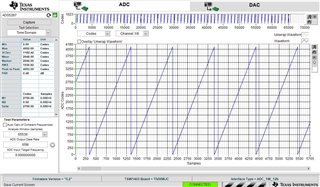Other Parts Discussed in Thread: TLA2518, AFE5809
Hi Team,
Our customer is having a communication problem with ADS5287 and he is looking for an application notes regarding the initialization sequence of configuration registers. Do we have a sample code for ADS5287?
Regards,
Danilo


